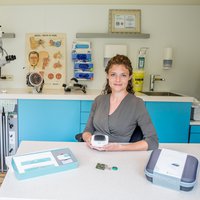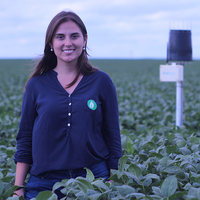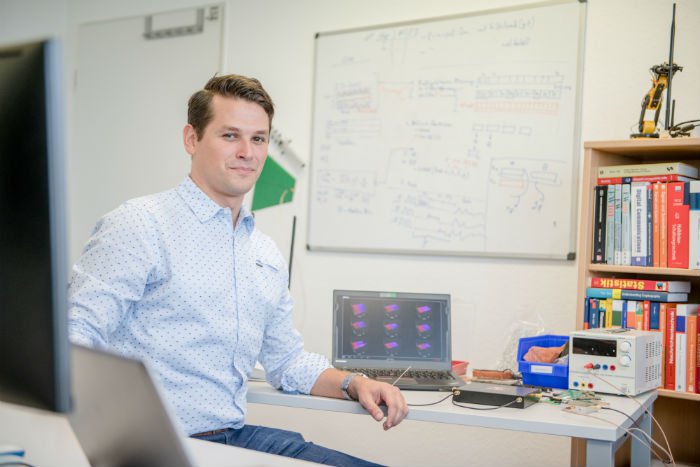Computer & electronics hardware
Christian Zenger
A system that detects small changes in the signals emitted by scrambling devices could create an impenetrable Internet of things
RUB, Marquard

Global
Natalya Bailey
A system to propel tiny satellites using electrical energy.

China
Yuchao Yang
A pioneer in neuromorphic computing, his work could reshape the future of computing technology

Europe
Eline Vrijland-van Beest
Her sensor helps people sleep in a correct position to prevent obstructive sleep apnea

Latin America
Mariana Vasconcelos
She uses AI and IoT to achieve a more productive, economic and sustainable agriculture
